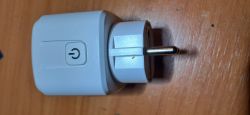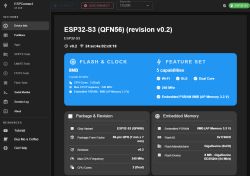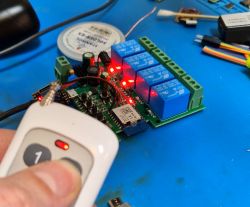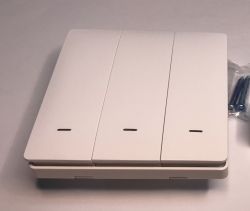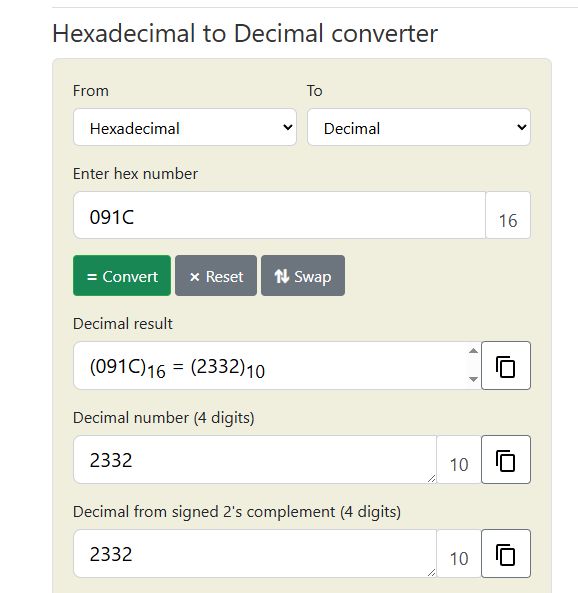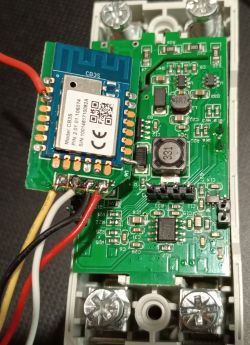Hello. Could you please provide some information regarding my question?
I have an Automatic Reclosing Protector.
Disassembled the device and found the following components:
TM1621B - screen controller
CMS32L051 - microcontroller that controls everything
24C64 - EEPROM
CB3S - (not pictured) - I assume it's a UART bridge between the CMS32L051 and the Wifi/TUYA server. CB3S connected to mainboard only /-/rx/tx
My question is: can someone explain how the communication between the CB3S and the CMS works? I tried all the port speeds, but didn't see any meaningful information. I only see zeros, but the number of zeros can vary depending on load manipulation and button presses.
Sincerely, xopek.
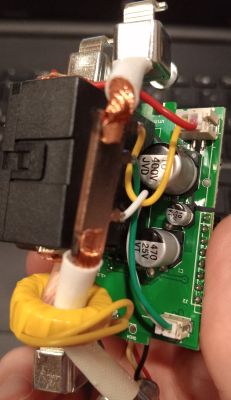
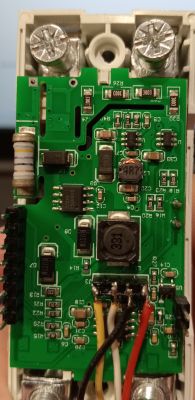
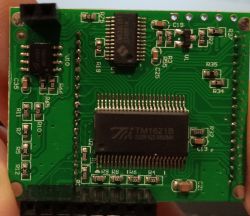
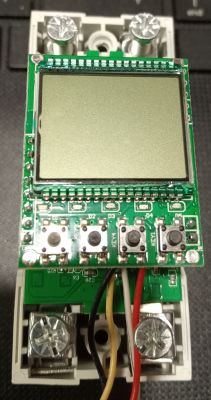
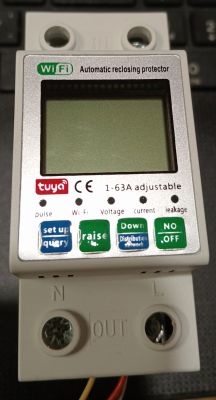
I have an Automatic Reclosing Protector.
Spoiler:
It works, but I'd like to get what I want.
1. Electricity meter: The SmartLife app's display of consumption history and current is very inconvenient — it's not suitable for analyzing consumption. Furthermore, updates are very infrequent. There's also no way to reset the current meter readings: to calculate the monthly value, I have to remember the readings at the beginning and end of the period myself.
2. Internet addiction: I have my own MQTT at home, with my own personal space and women. I'd like to control the meter's on/off switch. I configure the triggering settings using buttons, and that's sufficient.
1. Electricity meter: The SmartLife app's display of consumption history and current is very inconvenient — it's not suitable for analyzing consumption. Furthermore, updates are very infrequent. There's also no way to reset the current meter readings: to calculate the monthly value, I have to remember the readings at the beginning and end of the period myself.
2. Internet addiction: I have my own MQTT at home, with my own personal space and women. I'd like to control the meter's on/off switch. I configure the triggering settings using buttons, and that's sufficient.
Disassembled the device and found the following components:
TM1621B - screen controller
CMS32L051 - microcontroller that controls everything
24C64 - EEPROM
CB3S - (not pictured) - I assume it's a UART bridge between the CMS32L051 and the Wifi/TUYA server. CB3S connected to mainboard only /-/rx/tx
My question is: can someone explain how the communication between the CB3S and the CMS works? I tried all the port speeds, but didn't see any meaningful information. I only see zeros, but the number of zeros can vary depending on load manipulation and button presses.
Sincerely, xopek.








